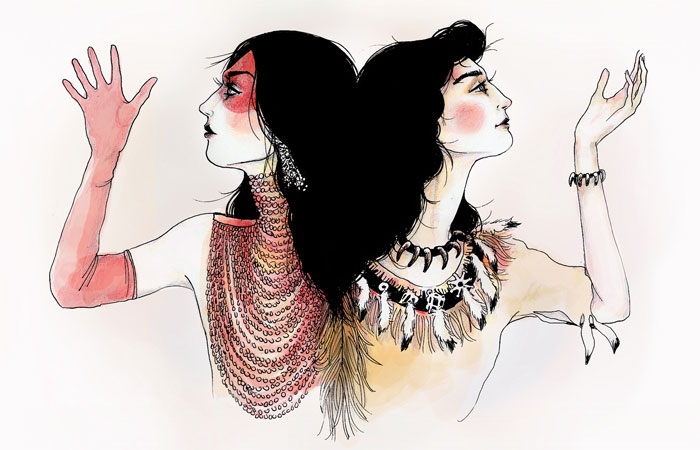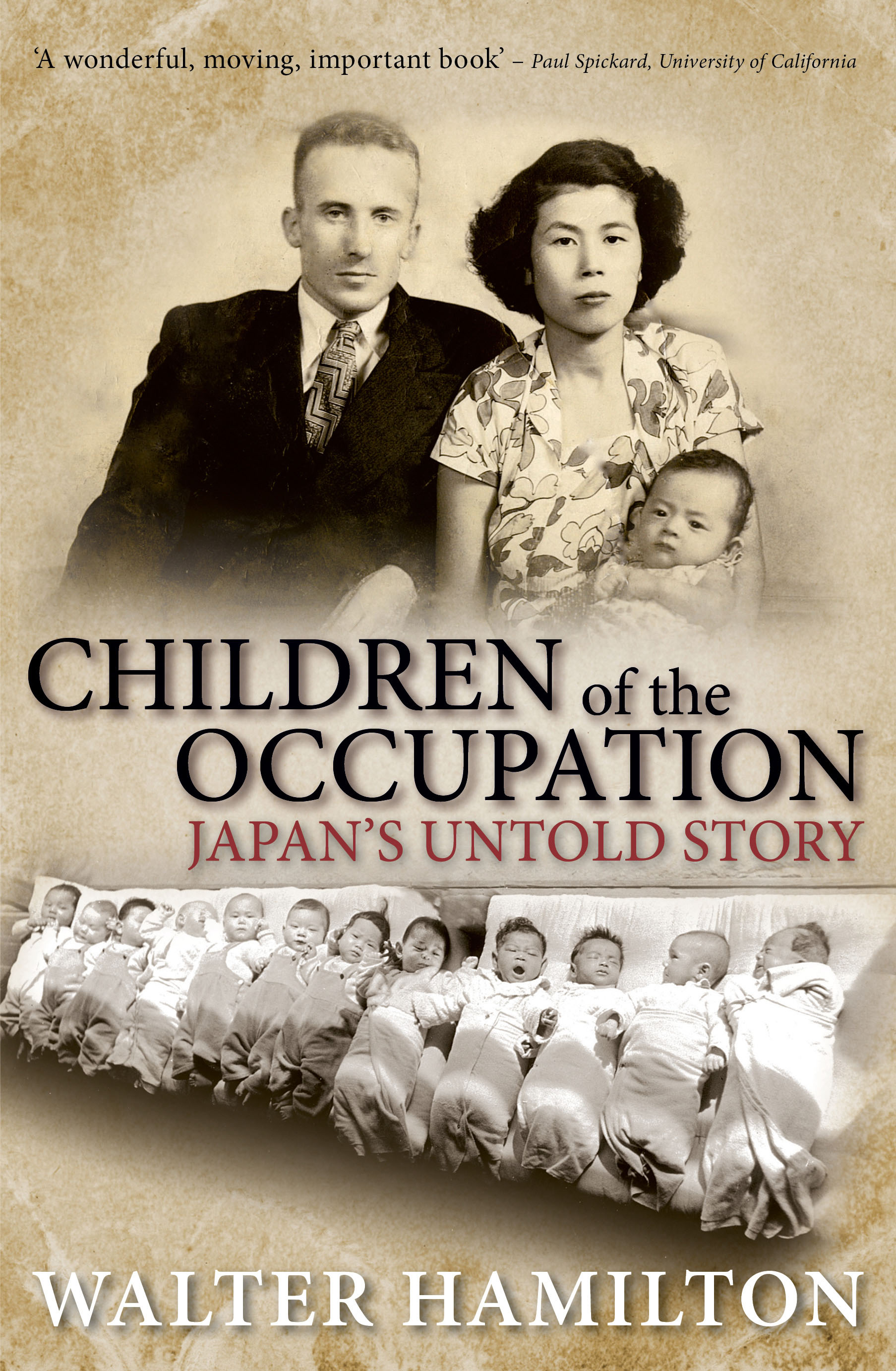Request for Participants in a Study About Multiracial Identity and Conceptions of SelfPosted in Canada, Identity Development/Psychology, New Media, United States, Wanted/Research Requests/Call for Papers on 2012-11-01 03:46Z by Steven |
Request for Participants in a Study About Multiracial Identity and Conceptions of Self
2012-11-01

We are currently seeking interested, eligible individuals to participate in a study about multiracial identity and conceptions of self conducted by Evelina Lou and Dr. Richard Lalonde at York University, Toronto, Canada.
Participants will be asked to complete an online questionnaire that will take approximately 30 minutes of their time. All responses are entirely anonymous and confidential. As a thank you for contributing to this research, participants may enter a draw for a $25 Amazon gift card (1 in 30 chances to win).
You must meet all of the following eligibility requirements in order to participate:
- Your biological parents are of different racial backgrounds
- One of your parents is White
- You are at least 18 years old
Multiraciality is an ever-increasing lived experience for many individuals that goes well beyond “Black and White.” Unfortunately, most of the psychological research in this area so far has focused on mixed-race individuals from specific backgrounds (e.g., Black/White), despite statistics showing that only a subset of the multiracial population in the U.S. and Canada are limited to these groups. Our aim is to better understand the unique experiences of mixed-race individuals from a wide range of backgrounds. We are particularly interested in how biracial individuals perceive their own racial identity and how this identity is related to past and present social experiences, attitudes, and feelings.
To participate, go to the following website: http://www.surveymonkey.com/s/multiracialonlinestudy
And please feel free to pass this along to any eligible friends or family members who might be interested in participating!
Thank you!
Evelina Lou, M.A. (elou@yorku.ca)
Dr. Richard Lalonde (lalonde@yorku.ca)
Department of Psychology
York University
4700 Keele Street
Toronto, Ontario, Canada M3J 1P3



